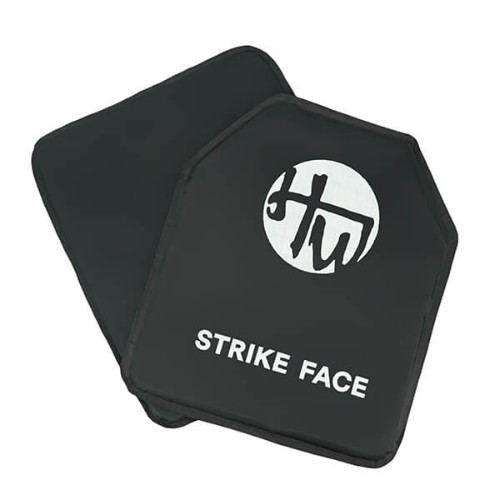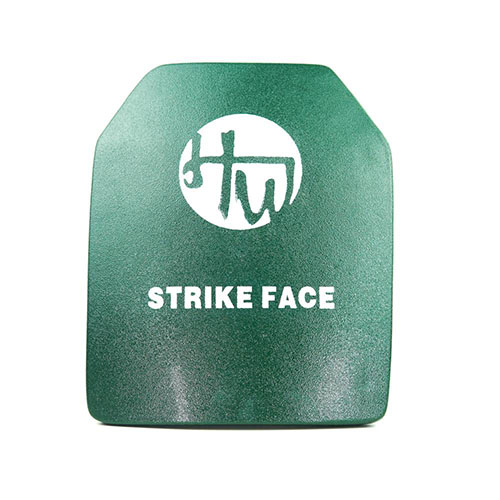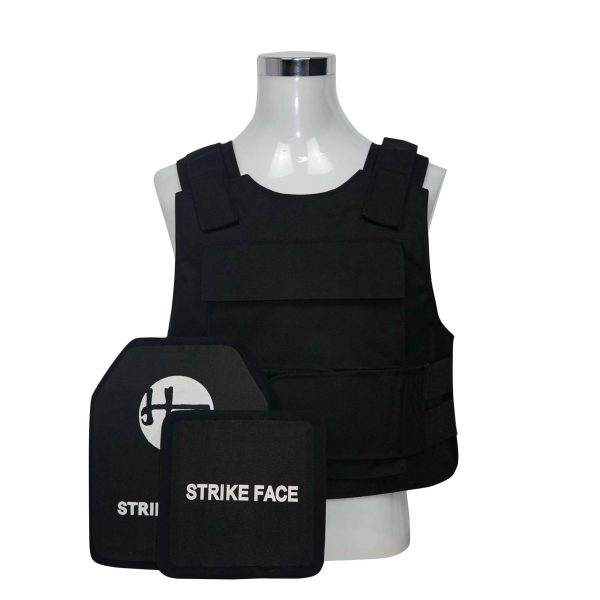Armor plates play a critical role in body armor, helping protect users from ballistic threats. According to NIJ standards and most manufacturers, steel plates can last over 20 years, ceramic plates about 5-7 years, polyethylene plates 5-10 years. Understanding these lifespans helps people maintain safety and ensure reliable protection.

Armor Plates Lifespan
The National Institute of Justice (NIJ) sets a minimum five-year service life for certified body armor. This standard helps users know when to replace their body armor plates. However, the actual lifespan can vary based on the material and how the plates are used.
Steel Plates
Steel body armor plates have the longest shelf life among all types. Many steel plates can last over 20 years if they remain free from rust and damage. Some manufacturers may offer different warranties, so users should always check the product information.
Note: Proper care and storage can help steel armor plates reach their maximum lifespan.
Steel plates resist moisture and temperature changes well. They do not degrade as quickly as other materials. However, dents or deep scratches can reduce their ballistic performance.
Ceramic Plates
Ceramic plates usually have a shelf life of 5 to 7 years. These body armor plates use hard ceramic materials to stop bullets. Over time, the ceramic can crack or break down, especially if dropped or handled roughly.
A table can help compare the lifespans:
| Plate Type | Typical Shelf Life |
|---|---|
| Steel | 20+ years |
| Ceramic | 5–7 years |
| Polyethylene | 5–10 years |
Ceramic plates need regular inspection for cracks or chips. Even small cracks can lower their ballistic performance. Always follow the manufacturer’s advice for replacement.
Polyethylene Plates
Polyethylene body armor plates offer a shelf life of 5 to 10 years. These plates use strong plastic fibers to stop bullets. Exposure to heat, sunlight, or chemicals can shorten their usable life.
Polyethylene plates weigh less than steel or ceramic plates. They work well in wet conditions but can warp if stored in high temperatures. Users should store these plates in cool, dry places to extend their lifespan.
Durability Factors
Material Type
Material type plays a major role in how long body armor lasts. Steel, ceramic, and polyethylene each have unique strengths and weaknesses. Steel plates resist wear and moisture, while ceramic and polyethylene plates can degrade faster if not handled with care.
Polyethylene plates offer lightweight protection but can warp in high heat. Ceramic plates may crack if dropped. Steel plates can rust if exposed to moisture for long periods.
Usage
How often someone wears body armor affects its lifespan. Frequent use can cause more wear and tear on ballistic protection gear. Training, fieldwork, and repeated impacts all reduce the effective life of armor plates.
- Heavy use may lead to faster breakdown of fibers or materials.
- Occasional use, with proper care, helps extend the service life of ballistic protection gear.
Storage
Proper storage keeps body armor in good condition. Storing plates in a cool, dry place prevents damage from moisture and sunlight. Hanging soft armor or laying plates flat avoids bending or warping.
| Storage Tip | Benefit |
|---|---|
| Keep away from sunlight | Prevents UV damage |
| Store in dry environment | Reduces risk of mold or rust |
| Avoid stacking heavy items | Prevents deformation |
Manufacturer Advice
Manufacturers provide important guidelines for care and replacement. Following these instructions helps maintain ballistic performance and safety. Always check the warranty and recommended replacement schedule for each type of body armor.
Regular inspection and following manufacturer advice can extend the usable life of armor plates, especially for steel and composite types.

Body Armor Replacement Signs
Visual Checks
People should inspect body armor regularly for signs of damage. Cracks, dents, or delamination on the surface of armor plates show that the protection may not work as intended. If the structure looks compromised, the user should replace the plate immediately.
Soft body armor may show fraying, discoloration, or bulging. These signs mean the fibers have weakened. Users should not ignore these warnings.
Tip: Use a flashlight to check for small cracks or chips that are hard to see.
Performance Testing
Some organizations test body armor with non-destructive methods. These tests help confirm that the armor still provides proper ballistic performance. If the armor fails any test, it should be replaced.
Most people do not have access to advanced testing tools. They should rely on regular visual checks and follow the manufacturer’s advice.
Expiry Dates
Every piece of body armor comes with an expiration date. This date tells users when the armor may no longer offer full protection. People often ask, “does body armor expire?” The answer is yes.
Manufacturers set the expiration date based on material aging and testing. Users should check the expiration date printed on the label or tag. If the expiration date has passed, the armor should be replaced.
Note: The warranty period may differ from the expiration date. Always follow both for maximum safety.
People should also ask, “does body armor expire” when they buy used gear. Used armor may have a shorter lifespan. Never use armor past its expiration date, even if it looks fine.
Extending Armor Plate Life
Storage Tips
Proper storage helps armor plates last longer. Store body armor in a cool, dry place away from direct sunlight. Use a hanger for soft armor or lay hard plates flat to prevent bending or warping.
Tip: Avoid storing armor in vehicles, as heat and humidity can damage materials.
Keep armor away from chemicals and sharp objects. Do not stack heavy items on top of plates. This prevents deformation and keeps the protective layers intact.
Maintenance
Regular cleaning and inspection keep body armor effective. Wipe hard plates with a damp cloth and mild soap. Let them air dry completely before storing.
Soft armor needs gentle care. Remove the carrier and wash it separately. Never machine wash or dry the ballistic panels.
Always check for cracks, dents, or frayed fabric during cleaning.
Common Mistakes
Many people make simple mistakes that shorten the life of their armor. Dropping plates can cause cracks or hidden damage. Exposing armor to moisture or extreme temperatures weakens the materials.
Some users forget to inspect their gear regularly. Ignoring small signs of wear can lead to reduced protection. Always follow the manufacturer’s care instructions for every type of body armor.

Conclusion
Body armor plates have different lifespans. Steel plates can last over 20 years. Ceramic plates usually last 5 to 7 years. Polyethylene plates offer 5 to 10 years of protection.
- Material, usage, and storage all affect how long body armor stays effective.
- Regular inspection and following manufacturer and NIJ guidelines help keep users safe.
People should check their body armor often and replace it when needed to ensure the best protection.
